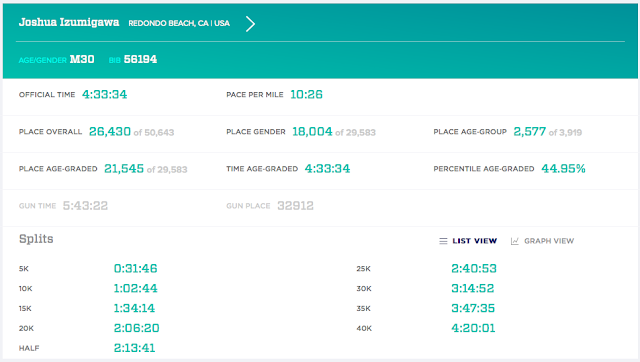Let's start with the obvious stuff: body composition. The short answer: you're fat, lose some weight HAHAHAHAHA.
(photo credit: http://www.quickmeme.com/meme/37if)
I mean the first measurement was BMI. A simple and arcane measurement that takes into account mass vs. height. Almost anyone who has a decent amount of muscle mass will have a high BMI, which is the main issue with the measurement. I guess I should just be lucky that I didn't fall into the Obesity range. WIN!
Let's first start with the training zones. A lot of training plans reference the training zones you should be working in for different types of workouts. So whether it's low intensity, long distance mileage or high intensity/sprint work, this measurement laid out the exact Heart Rate ranges I should be working in. It also mapped out what my Calories/Hour looked like in those zones. So if I run for an hour at around 160bpm, then I'm looking at a solid 900 calories burned for that session.
Based on the measurements, I should be under 120bpm for most easy work. I wanna stay in the 150-160bpm range for long easy work. Sprint work needs to exceed 170bpm. And if I'm really trying to push the VO2Max, I need to be pushing 190bpm or even my max measured at 201bpm.
The next big measurement was the VO2Max itself. This one wasn't too great. VO2Max is basically a measurement of your athletic engine. It's how well your body takes in oxygen and maximizes it to become energy. My result of 49 is noted in the Excellent range. So I mean I'm better than the average joe in terms of my engine. However, you really want to be well above the Superior number to be an elite athlete, or even an elite Age Grouper. So there's a lot of work to be done there if that's where I want to get.
The bad news: there are really only 2 ways to increase VO2Max.
1) Do VO2Max work. This means things like hill climbs, hill sprints or sprinting mile repeats. Work where you're pushing yourself at the highest possible amount
2) Lose some weight. VO2Max does have some relation to weight, so every pound lost will have an effect on the measurement
Well it can all be summarized down into the below plots. What you're looking at is a couple different things. On top, we're looking at my VO2Max for each of the discrete Heart Rate measurements on the right. On the bottom you're looking at my pace for those same Heart Rates. Lastly, on the left you're looking at my carb-to-fat usage, again in those rates.
The athletic engine stuff I've already covered. The only new thing would be the bottom chart which also shows my pace for the heart rates. So again, paces for working in the respective heart rate zones.
But the lines to pay attention to are the grey and yellow ones. Grey is the % of calories burned from carbs while Yellow is the same but for fat. This is where some really insightful information came in. So I guess in an elite athlete, the curves would be more dramatic such that you're using more carbs at higher heart rates. This is because carbs are a quick fuel source and your body should be using them. This is actually where my body has adapted. Because I don't have a high engine compared to elite athletes, my body has compensated for being more efficient in burning fat for fuel and keeping that pretty steady throughout my various heart rate zones. What it means is that I won't be great at going fast because I can't use quick source fuel, but I should be good at going slow for long distances.
That leads to the low end being about right. My body burns carbs and fat almost equally at the lower heart rate zones. This is great news for long distance endurance work. Basically, the reason I can run marathons with sub-optimal training and athletic prowess is because my body has adapted. If I run at those lower heart rates, I can use my natural fuel (aka my fat) to keep going without hitting the wall.

What it all means is that after losing some weight, I do really need to work on speed work but also speed + fueling with more calories. The speed work will help push the VO2Max and help build a bigger engine. Then in addition to that, I need to do that speed work with more calories for fuel. This way my body will get used to having more calories and trying to burn them. So as my VO2Max potentially goes up, my body can also become more efficient at burning calories.
So very educational session, lots of things to work on and hope for my athletic future. Now on to the eternal struggle of trying to lose weight! HA!
Just some pics of me looking like Bane and running on the treadmill, trying not to die



















































